Poison hemlock flowers
Image credit: Lawrence Journal-World
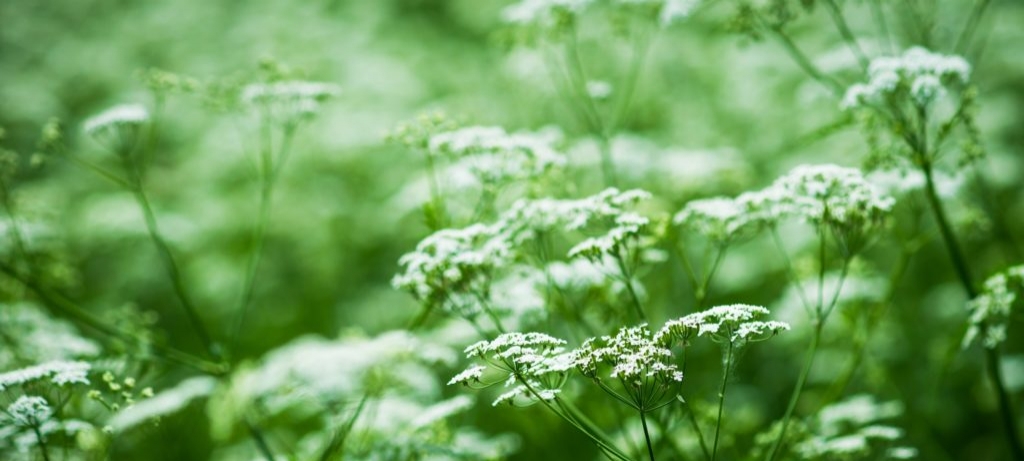
Poison hemlock flowers
Image credit: Lawrence Journal-World
Poison hemlock, a biennial in the Apiaceae family, is an invasive herbaceous plant that prefers moist, shaded habitats subject to frequent disturbance but can be found in a range of habitats ranging from open fields to roadsides. Identifying features include:
Note: As the name suggests, the poison hemlock is indeed poisonous. In fact, all parts of the plant are toxic and can be lethal to both humans and animals if ingested.
For more information visit Midwest Invasive Species Information Network (MISIN).
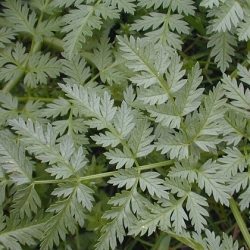
Triangular, fern-like leaves of poison hemlock
Image credit: Illinois Wildflowers
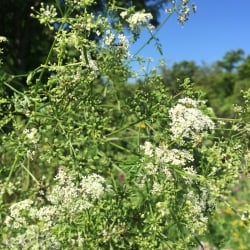
The white umbrella-like flowers of a mature poison hemlock
Image credit: Sigrid Resh
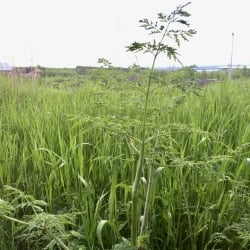
Poison hemlock at the Quincy mine ruins
Image credit: Sigrid Resh
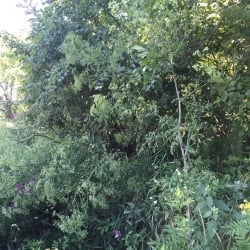
Poison hemlock infestation on the edge of a field - notice the white flower clusters
Image credit: Sigrid Resh
Present within the Keweenaw, poison hemlock poses many ecological threats such as reducing quality wildlife forage, species diversity, and degradation of wildlife habitat. Currently, KISMA is managing populations around the Quincy Mine Dryhouse ruins in Hancock. Due to its toxicity, poison hemlock management can be problematic if done without caution.
Note: Like many other invasives, early detection and management of small populations is key to poison hemlock control. Because of the plant’s ability to produce a large seed bank, complete eradication will require several years of continued management and monitoring. Furthermore, management practices that target the plant's roots such as hand pulling are preferred, but not necessary as poison hemlock can only reproduce through seed production via its flowers.
If you do happen to remove poison hemlock on your property, it is never a bad idea to plant some natives in its absence! Since poison hemlock prefers disturbed sites with ample sunshine, it would be best to use natives that would also grow well in those conditions. A few great options would be native goldenrod (Solidago spp.), sunflowers (Helianthus spp.), wild lupine (Lupinus perennis), and native asters (Asteraceae family). These species grow well in meadows or field edges, and they also promote wildlife diversity.